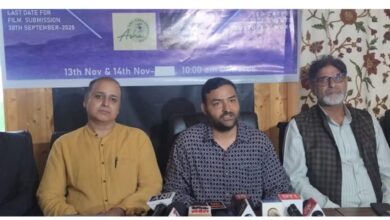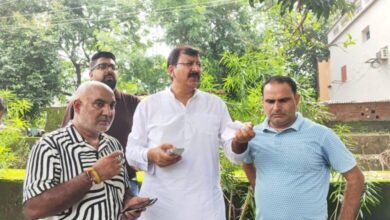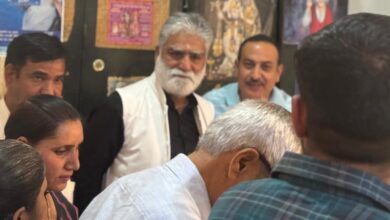LAC stand-off: India now holds some solid bargaining chips
NEW DELHI: As foreign minister S Jaishankar prepares to meet his Chinese counterpart Wang Yi in Moscow, the clashes on the LAC on Monday where Indian troops held their positions on the heights on the south bank of Pangong Tso have given India some solid bargaining chips in the difficult negotiations to defuse the standoff. Though the clashes lend credence to India’s stand that “deep conversations” are necessary to resolve the situation and the discussions may not deliver immediate results, changes on the ground, where Indian troops have surprised PLA in actions that played out over the August 29-30 week end, have subtly altered the dynamics ahead of the meeting. Official sources here pointed to the unusual speed with which the Chinese side issued a statement past 3am Beijing time accusing India of a “serious violation”. The statement followed a resolute Indian response to the Chinese advance which made it plain that the occupation of the heights was not a passing matter. The signal to China was that either use of force would be needed to evict the Indian troops or negotiations were an option to find a way out and de-escalate tensions. For the moment, it has sharpened the need for a political understanding on the growing boundary crisis. The Indian side feels the meeting may not throw up a re solution to the border crisis. In the past few days, both sides have been mirroring their public statements, indicating how difficult it would be to achieve common ground. There is also an assessment on the Indian side that China has a definite goal of pushing the LAC westwards and will not be willing to concede recent advantages gained by the Indians. This is also tied to national honour — which means the two sides may be digging in through the winter. Here, India may have a slight advantage given its experience, but China has deeper pockets. OnTuesday, the MEA pus hed back against the Chinese propaganda system, by denying their attribution to NSA Ajit Doval. In a statement, an MEA spokesperson said: “We have seen reports in Chinese state media, including in China Daily and Huanqiu Shibao (Global Times), which had attributed some comments to NSA Ajit Doval. These reports are completely false and are not based on facts.” Sources said the Chinese would have preferred a situation where they were in a more advantageous position tactically. But India has strengthened its positions at the LAC, which has contributed to China’s anger. That may make it easier during the political negotiations, but could just as easily harden Chinese positions.
NEW DELHI: As foreign minister S Jaishankar prepares to meet his Chinese counterpart Wang Yi in Moscow, the clashes on the LAC on Monday where Indian troops held their positions on the heights on the south bank of Pangong Tso have given India some solid bargaining chips in the difficult negotiations to defuse the standoff.
Though the clashes lend credence to India’s stand that “deep conversations” are necessary to resolve the situation and the discussions may not deliver immediate results, changes on the ground, where Indian troops have surprised PLA in actions that played out over the August 29-30 week end, have subtly altered the dynamics ahead of the meeting.
Official sources here pointed to the unusual speed with which the Chinese side issued a statement past 3am Beijing time accusing India of a “serious violation”. The statement followed a resolute Indian response to the Chinese advance which made it plain that the occupation of the heights was not a passing matter.
The signal to China was that either use of force would be needed to evict the Indian troops or negotiations were an option to find a way out and de-escalate tensions. For the moment, it has sharpened the need for a political understanding on the growing boundary crisis. The Indian side feels the meeting may not throw up a re solution to the border crisis.







